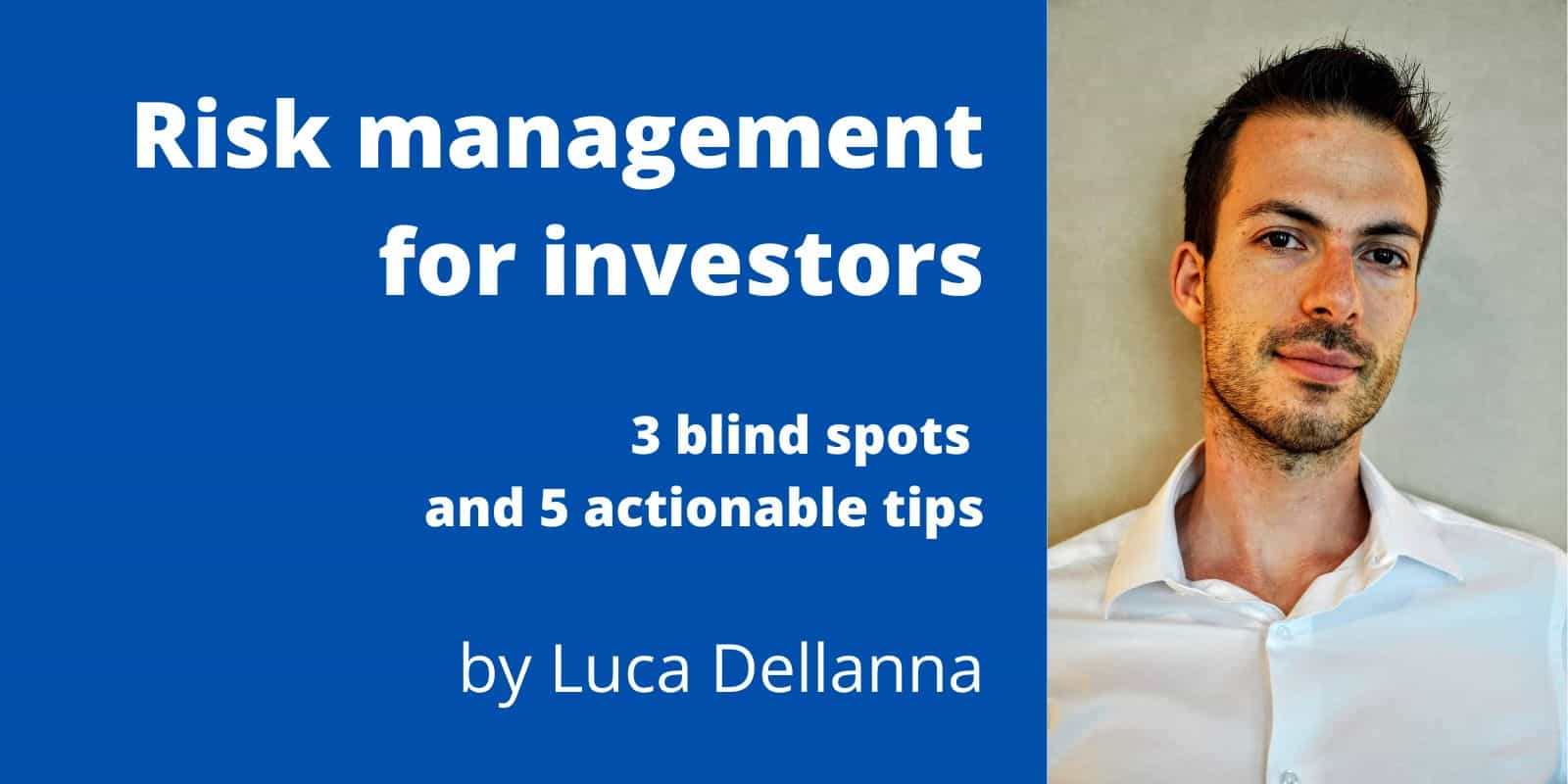The three blind spots of savvy investors when it comes to risk management and five actionable tips to address them.
Once you try non-linear learning, there is no going back. You derive pleasure from reading. It has a reinforcing effect.
Sadly, most learning, especially at school, is linear. You are given a book, and you must read it from the beginning to the end. Something boring? You must read it. Something interesting? You cannot dig deeper.
Conversely, Wikipedia is an example of non-linear learning. If you just want a quick definition, you read the first paragraph and then close the page. If you find something interesting, you can click on a link, then another, and so on.
The advantages of non-linear learning
Non-linear learning has many advantages.
- It is more engaging. Therefore, you learn more.
- It allows you to Pareto-prioritize and focus on the 20% of the content that brings you 80% of the value.
- It allows you to skim read first, then come back and dig deeper.
Where can I learn non-linearly?
Wikipedia is the most common place to start. I love using it. The problem with it is that there is no trace to follow. You might start reading about something, then drift away and spend hours on a completely unrelated topic. Or you might miss some vital piece of information.
A better solution is contained bodies of information on a single topic where blocks of content are connected to each other. For example, Roam books. I already wrote about them here.
Actually, I found the idea so valuable that I decided to publish my latest book as a Roam book so that readers can read it non-linearly.


